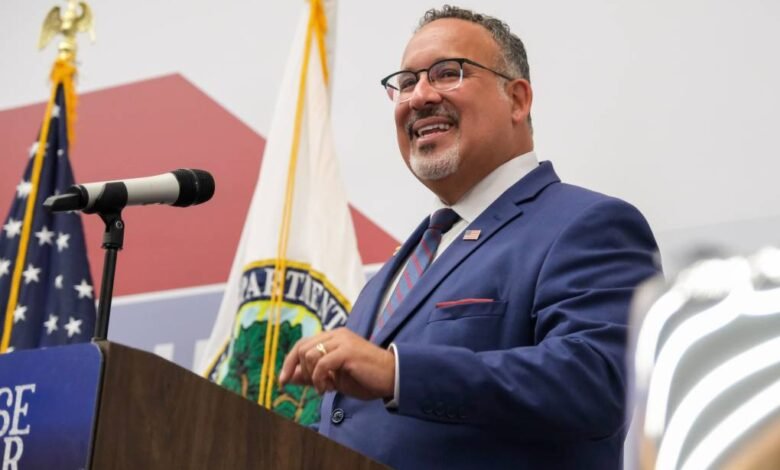
Among the problems the Biden administration committed to address: Some loan servicers weren’t keeping track of borrowers’ progress toward forgiveness, low-income borrowers didn’t always receive credit toward forgiveness when they made their monthly payments, and millions of borrowers spent long periods of time in forbearance because that was easier for servicers than helping borrowers enroll in an IDR plan.
As a result, the Department committed to reviewing the loan histories of millions of borrowers and giving them retroactive credit for these mistakes, bringing many of them much closer to loan forgiveness.
This account adjustment has taken considerable time, as the Department has been reviewing borrowers’ records in tranches. It announced the first and largest tranche of loan forgiveness in July, with 804,000 borrowers receiving $39 billion in debt relief. In early October, it announced a second tranche of 51,000 borrowers receiving another $2.8 billion in relief.
Wednesday marks the Department’s latest tranche of borrowers – an additional 46,000 who will receive $2.2 billion in relief – under the IDR account adjustment.
‘I immediately just burst into tears.’
At the same time, the Education Department has also been updating its tally of borrowers who have received debt relief following its efforts to make it easier to qualify for Public Service Loan Forgiveness, a long-troubled program that promises debt relief for borrowers who stay current on their payments while working for a decade in public service.
Phoema Dubra is one of those borrowers. She earned her master’s degree from Ole Miss, and, until earlier this year, had about $80,000 in student loans. She now works as a speech language pathologist in the public schools in Dallas.
More than once over the years, Dubra struggled to afford her monthly loan payment, but didn’t know she could enroll in a more flexible, income-based repayment plan. Instead, when she called her loan servicer for help, she says, her loans were put into forbearance, pausing payments but allowing interest to keep accruing.
She wasn’t alone. According to federal data, in the decade before the pandemic payment pause, nearly 12 million borrowers spent at least 12 straight months in forbearance. Nearly 5.5 million borrowers, including Dubra, spent at least three years in forbearance. Many, perhaps most, could have benefited from income-based repayment, had they known about it.
In February, Dubra was told that, under changes to PSLF rules, in return for her decade of service in schools as well as a stint in a public hospital, her remaining loans had been canceled.
“I immediately just burst into tears,” Dubra says. She had called her loan servicer, “and the [call center worker] was so nice, and she said, ‘This is the purpose of this.’ I’ll never forget her saying that. ‘This is why we do this, because you’ve worked so hard to help other people, and now is our time to help you.’ ”
9(MDAxOTAwOTE4MDEyMTkxMDAzNjczZDljZA004))
Source link




